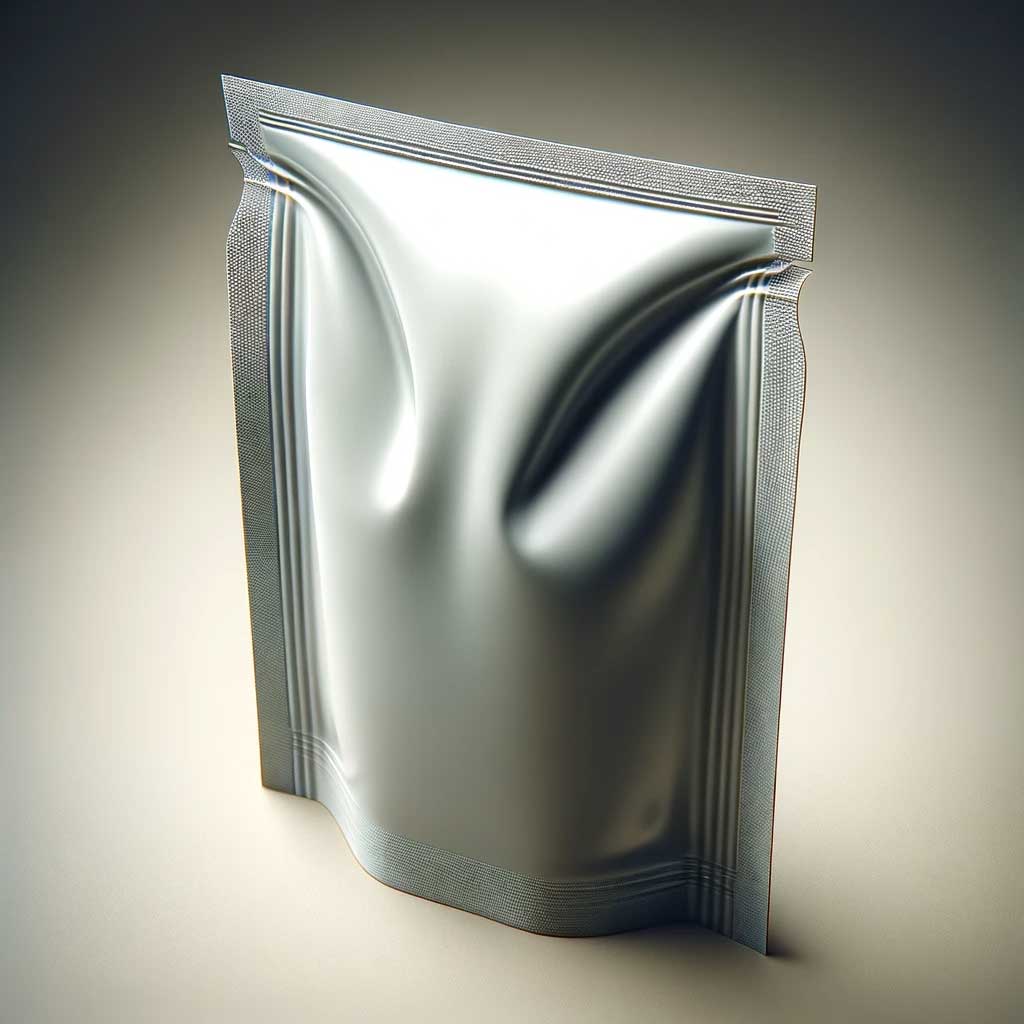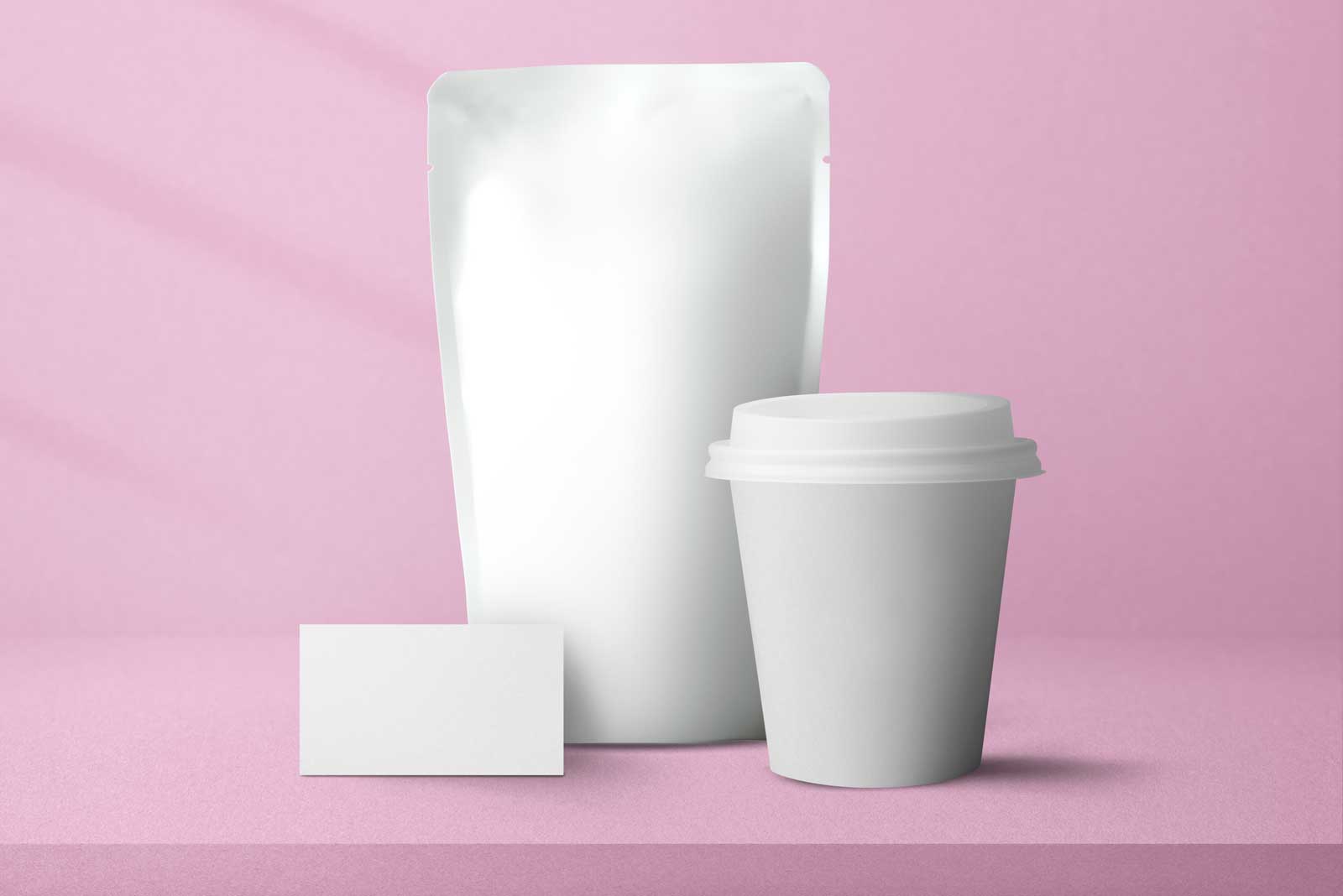Back seal packing, also known as fin seal or lap seal packing, is a common packaging method used in various industries. Here’s an overview of its key aspects:
- Process and Structure: In back seal packing, the edges of the packaging material overlap or butt together at the back of the package, forming a seal that runs along the length of the package. This creates a “fin” (in fin seal packing) or a flat overlap (in lap seal packing).
- Advantages: This method is efficient and cost-effective for high-speed production. The back seal provides a smooth surface that is ideal for printing and labeling. It’s also flexible, accommodating a range of product sizes and shapes.
- Applications: Commonly used for snack foods, confectioneries, and various other packaged goods, back seal packing is suitable for items that require a tight seal to maintain freshness. It’s also used for non-food items like hardware, health and beauty products, and more.
- Material Considerations: Materials used in back seal packing are chosen based on the product’s protection needs. They often include laminated films with barrier properties to prevent exposure to air, moisture, and light.
-
Machinery Used: Specialized packaging machines are designed for back seal packing. These machines form the packaging material around the product, create the back seal, and then cut the individual packages.


Comments are closed.